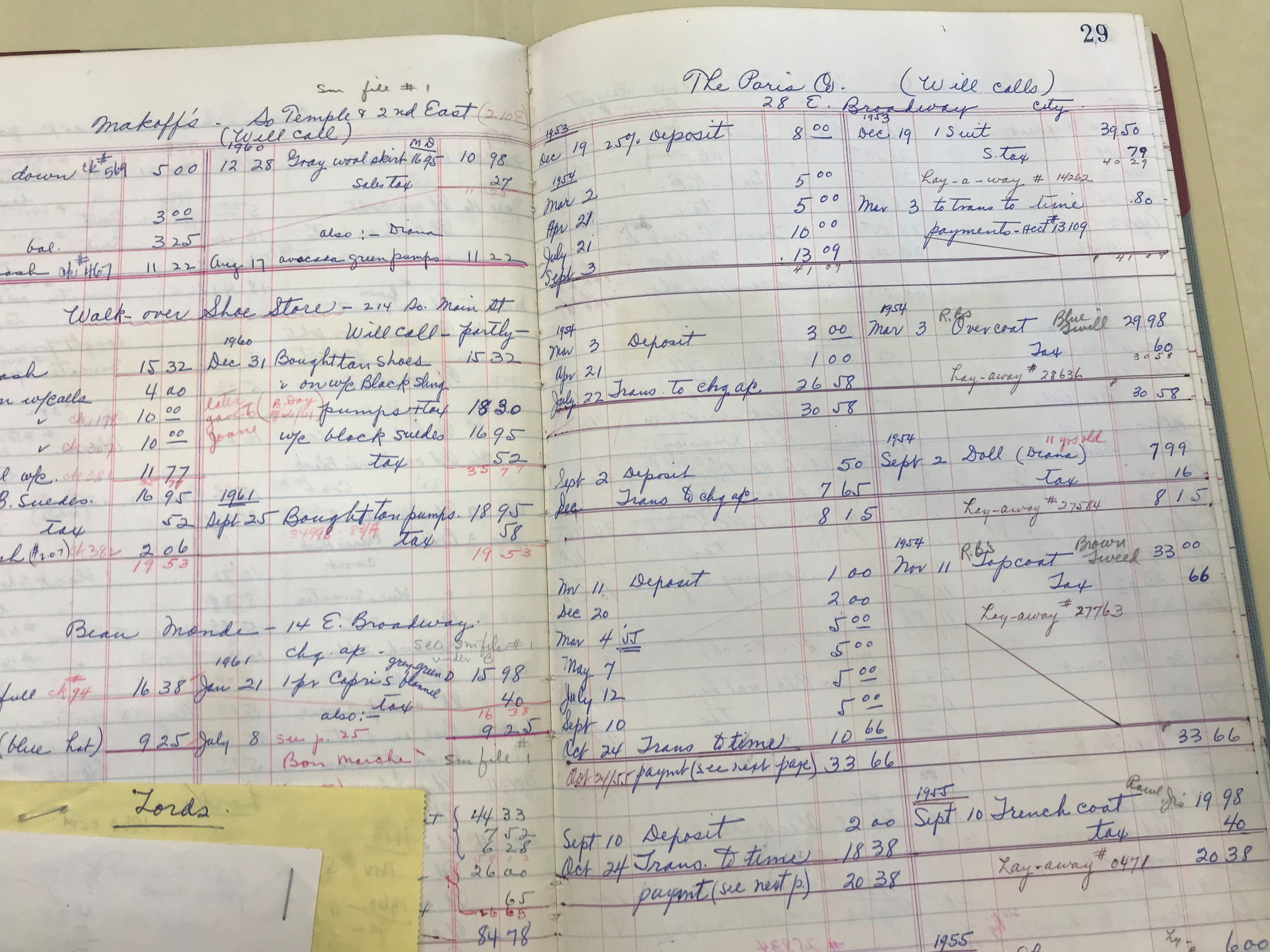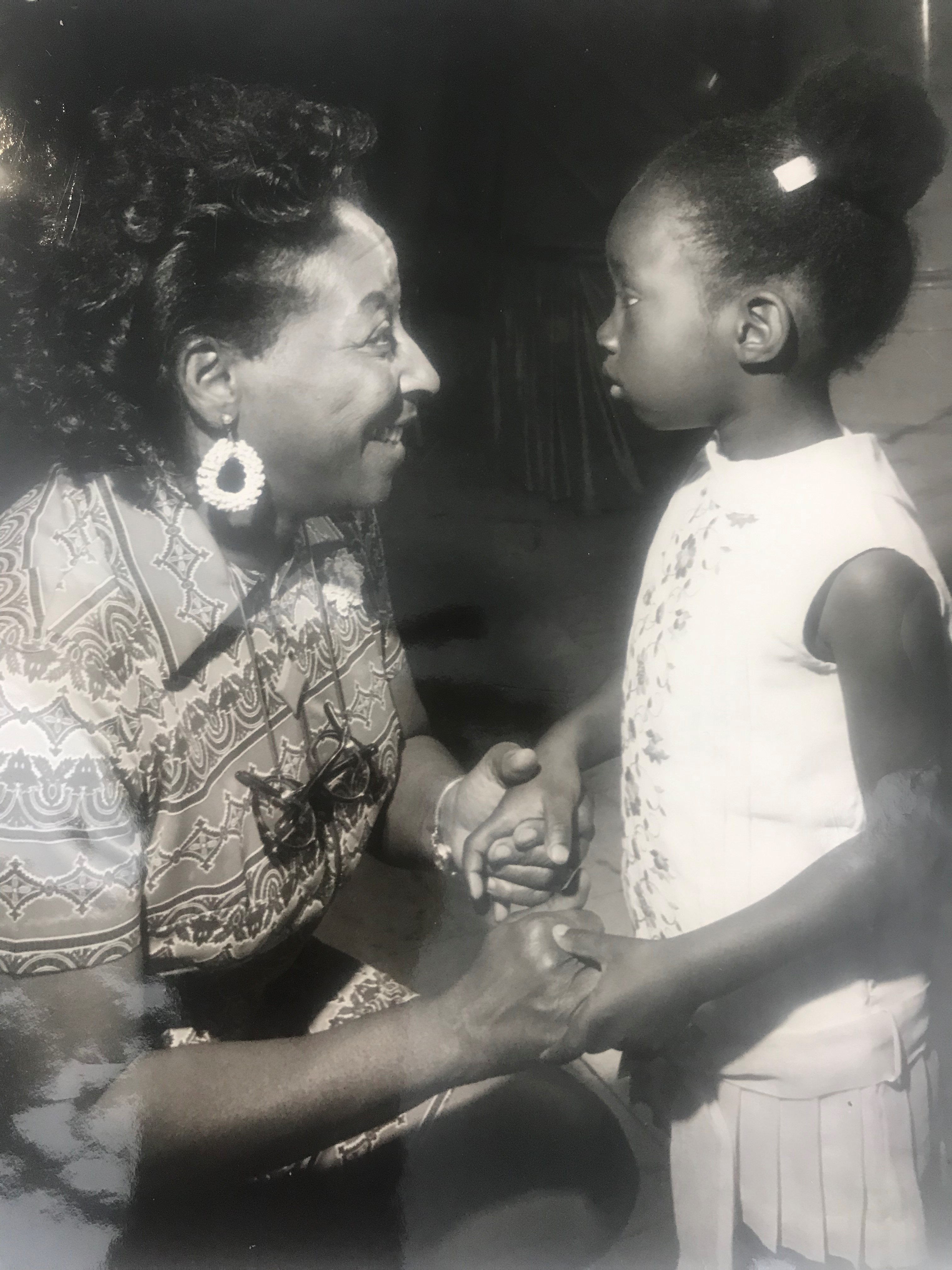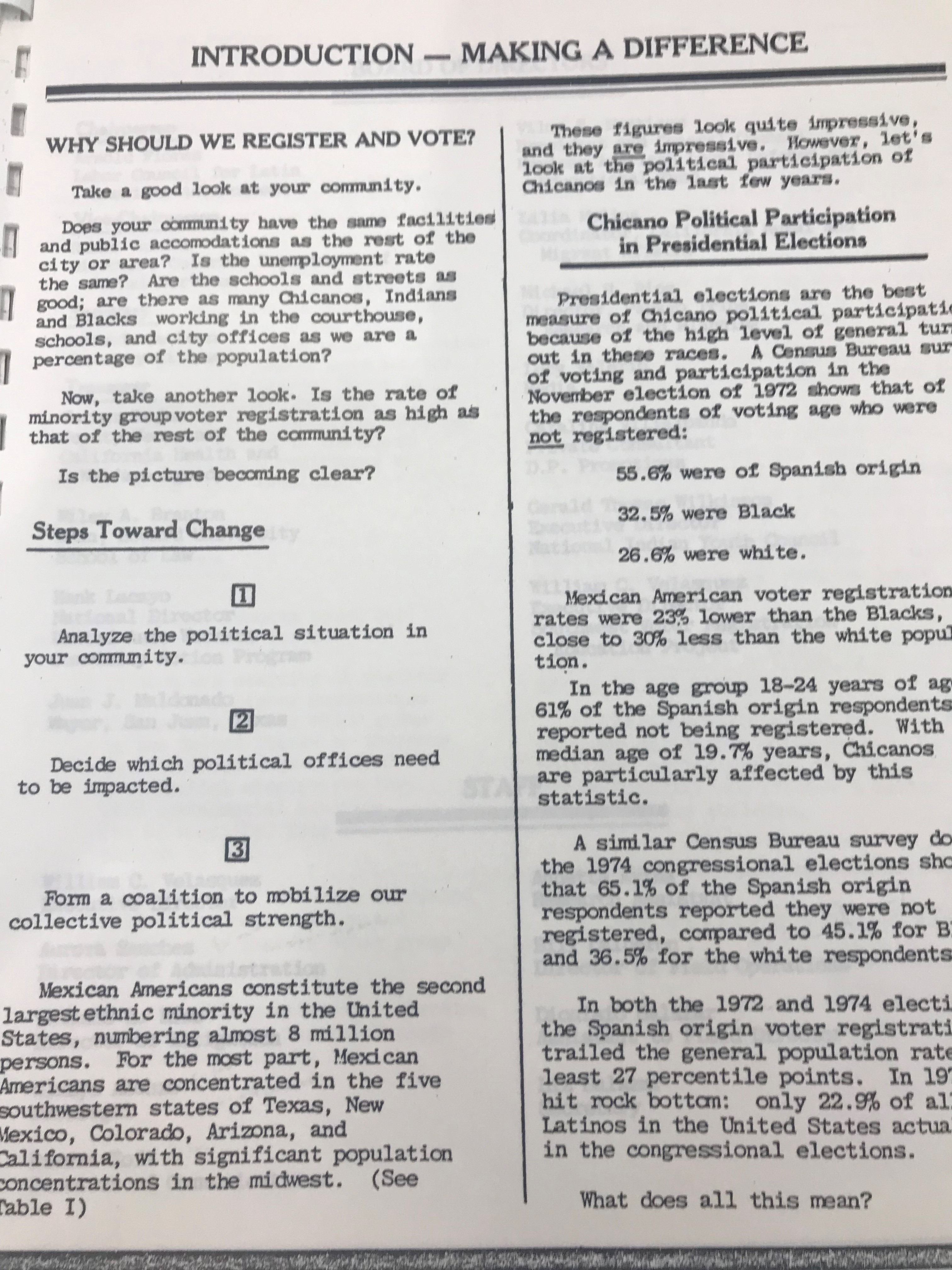Jessica Breiman, art and archives metadata librarian
As a librarian and archivist, most of my time is spent preserving, organizing, and sharing objects in the library’s collection—rarely do I become involved in the curatorial responsibilities of interpreting and displaying the objects’ content. An outsider to the professional curatorial role, I was welcomed into the Utah Museum of Fine Arts to assist with the creation of Utah Women Working for Better Days! ACME Lab exhibition, which is primarily comprised of items (and reproductions of items) from the J. Willard Marriott Library special collections.
My reflections accompany and intertwine those written in UMFA curator Alana Wolf’s excellent blog about the process of researching and curating this exhibition. Our posts are inspired by the challenge of trying to—in this relatively small exhibition—represent the complexity and richness of the activism of Utah women, while managing frustrations at still being unable to locate vital parts of the historic record in the library’s collections. Looking back on the research and planning process of curating this exhibition, I had several takeaways:
- Organizing this exhibition by ways to take action rather than a narrative structure was a very important part of the process; there is no single “story” that we could tell of women’s suffrage or civic engagement.
- As in the UMFA’s collection, there are gaps in the library’s special collections in documenting the voices of communities of color in Utah.
- Commitment to this type of collaborative, exhibition-based engagement with the library’s special collections is vital to assessing those gaps and bringing the collections into the public sphere.
What’s the Story?
The ACME Lab project team had no lack of material from special collections to utilize in the exhibition. As we researched material, photographed potential objects, and reviewed them as a team, one of our greatest struggles was deciding how to structure that material. We considered a timeline of notable events as well as a historical narrative approach, but neither seemed to be the most effective presentation of the material we gathered.
Both a timeline and a historical narrative would ignore the everyday contributions of lesser-known women acting on local and community levels, which were some of the most compelling objects that we looked at. The Luretta Young papers, for instance, document the life of a Salt Lake City activist, wife, and mother; the most fascinating part of her collection is its three-dimensional view of her life, from her household ledger and receipts to her involvement in the Utah Democratic Party, League of Women Voters, and other social and political organizations.
Timelines tend to insist upon one narrative of continuity and uninterrupted forward progress, which the stories of women’s political activity and suffrage in Utah are most certainly not.
This research material told so many stories, multiple stories that intersect and diverge at many different points, and trying to fit them into one narrative would do all of them injustice.

Once the project team decided against these approaches and structured the material into methods of activating social change, we were able to better embrace the uniquely experimental nature of the ACME Lab, where “visitors of all ages are encouraged to ask questions, make connections across disciplines, and engage with art in new ways” and use a more diverse segment of material.
Freeing ourselves of a constrictive narrative let the objects speak for themselves and allowed us to support a central theme, rather than a story: how will you make change in your community?
Those pesky gaps…
Special collections has a rich collection of oral histories and several invaluable collections that document the history of communities of color in Utah. The Alberta Henry papers (1946-2005) record her life as an activist and educator; Henry also strove to document the African American community and their contributions to Utah. The Spanish-Speaking Organization for Community, Integrity and Opportunity (SOCIO) records (1967-1986) document the social and political activities of an organization that represented the Hispanic community in Utah.


However, just as Alana notes the gaps in the Museum’s collection, the in-depth research required for this exhibition revealed gaps in the library’s special collections. The more we researched, the more elusive some of the material became. Exploring Alberta Henry’s papers, I came across mention of Ruth Ross, who created the first Black television program, PRIDE, in Utah on KUED. While thankfully we have an oral history with Ross, I wondered where the tapes are of that pioneering television program. KUED’s archivist could not find documentation of the program although that certainly doesn’t mean tapes of it don’t exist somewhere. During the period that her show was on air, they were likely using magnetic tape formats, which were often taped over so they could be used repeatedly. Is that what happened? I certainly would not have known about the PRIDE program unless I had been exploring Henry’s collection, which begs the question: where is the historical documentation of women of color in Utah?
Although it’s evident these gaps exist, there are larger questions about what should be done about them.
The archiving profession is still reckoning with its colonialist past and selective historical documentation of primarily white Americans.
How do we change the structures and paradigms that have dominated our profession? Does the documentation and history of communities of color in Utah rightfully belong in the library’s special collections? Is it better suited to be collected by the communities from which it arises? Neither myself, an individual archivist, nor the profession as a whole has answered these questions.
The Public Record
Research into the library’s collections to identify objects for the exhibition was an endeavor of more than fifty hours: we took photos of more than 300 objects, which were then winnowed down to nineteen objects that we included. The research effort, even for this relatively small exhibition, was immense.
Most view special collections materials—tens of thousands of rare books, millions of photographs, manuscript material, and audio-visual objects—as the rarefied domain of researchers. These items are rarely exhibited outside of the library. Yet if they don’t get out into community spaces, how will the public know of the rich and vast collections that are available, and belong, to them? The library’s special collections is the largest public special collections in the state of Utah – emphasis on public. They are here for you to explore, use, and handle.
It was clear to me during this process that with exploration, research, and inter-institutional collaboration comes a deeper valuing and knowledge of the collections, of what exists and what does not exist. Though we grapple with the question of what should be collected and by whom, it is clear that further research is imperative to better identify and represent “missing” voices, and that firsthand accounts of contemporary activists and records of community organizations that represent the diversity and heterogeneity of Utah must be preserved.
As a follow-up question to the one posed by the exhibition—how will you enact social change?: how will you contribute to the historical record of social change in your community? What will you leave behind for others to explore, use, and learn from?
Jessica Breiman is the art and archives metadata librarian, jointly appointed to J. Willard Marriott Library and the Utah Museum of Fine Arts. Prior to this position, she was a moving image and sound archivist in J. Willard Marriott Library’s special collections.
Although the Museum is temporarily closed as of June 18, we are making plans to reopen, and we expect visitors will be able to see the exhibition before it closes Sunday, December 6, 2020.
